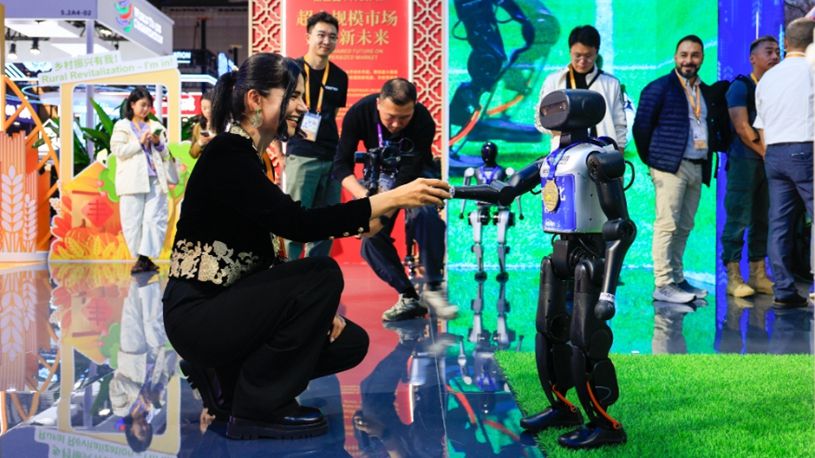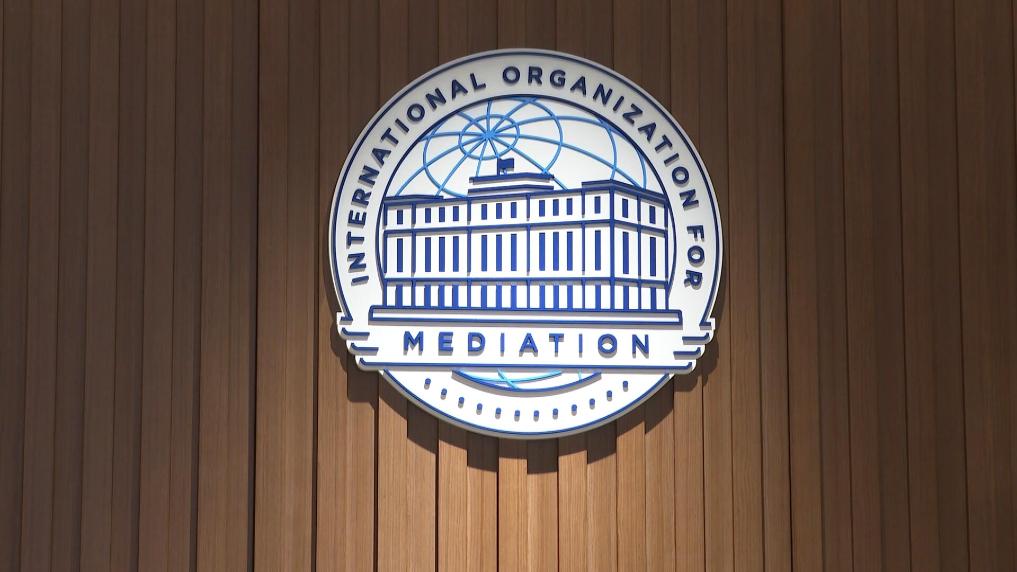Rare earth elements, biomineralization found in plant: study
Source: Xinhua
Editor: huaxia
2025-11-09 22:04:16

GUANGZHOU, Nov. 9 (Xinhua) -- Chinese researchers have discovered that a fern can accumulate rare earth elements and have observed their "self-assembled" phases inside the plant's tissues, according to a recent research article published in the journal Environmental Science & Technology.
Rare earth elements are critical metals for clean energy and high-tech applications -- and yet their supply faces both environmental and geopolitical challenges.
Previously, it was commonly recognized that microbes and animals could generate minerals inside their bodies, while plant biomineralization had long been underestimated.
In this study, researchers from the Guangzhou Institute of Geochemistry of the Chinese Academy of Sciences observed that within the vascular bundles and epidermal tissues of the fern Blechnum orientale, rare earth elements absorbed from the soil precipitate as nanoparticles and further crystallize into a mineral known as monazite-(La).
Monazite is an industrially significant rare earth mineral, primarily formed through geological processes, the researchers said. However, natural monazite often contains associated radioactive elements like uranium and thorium -- posing challenges for its extraction and application.
In contrast, the "biological monazite" formed by the fern Blechnum orientale under natural ambient temperature and pressure conditions is pure, non-radioactive and demonstrates promising potential for the green mining of rare earth elements.
This new study reshapes the understanding of the formation of rare earth minerals, substantiates the feasibility of phytomining, and introduces an innovative, plant-based approach for the sustainable development of rare earth resources. ■












Comments